Capital One 2014 Annual Report Download - page 105
Download and view the complete annual report
Please find page 105 of the 2014 Capital One annual report below. You can navigate through the pages in the report by either clicking on the pages listed below, or by using the keyword search tool below to find specific information within the annual report.-
 1
1 -
 2
2 -
 3
3 -
 4
4 -
 5
5 -
 6
6 -
 7
7 -
 8
8 -
 9
9 -
 10
10 -
 11
11 -
 12
12 -
 13
13 -
 14
14 -
 15
15 -
 16
16 -
 17
17 -
 18
18 -
 19
19 -
 20
20 -
 21
21 -
 22
22 -
 23
23 -
 24
24 -
 25
25 -
 26
26 -
 27
27 -
 28
28 -
 29
29 -
 30
30 -
 31
31 -
 32
32 -
 33
33 -
 34
34 -
 35
35 -
 36
36 -
 37
37 -
 38
38 -
 39
39 -
 40
40 -
 41
41 -
 42
42 -
 43
43 -
 44
44 -
 45
45 -
 46
46 -
 47
47 -
 48
48 -
 49
49 -
 50
50 -
 51
51 -
 52
52 -
 53
53 -
 54
54 -
 55
55 -
 56
56 -
 57
57 -
 58
58 -
 59
59 -
 60
60 -
 61
61 -
 62
62 -
 63
63 -
 64
64 -
 65
65 -
 66
66 -
 67
67 -
 68
68 -
 69
69 -
 70
70 -
 71
71 -
 72
72 -
 73
73 -
 74
74 -
 75
75 -
 76
76 -
 77
77 -
 78
78 -
 79
79 -
 80
80 -
 81
81 -
 82
82 -
 83
83 -
 84
84 -
 85
85 -
 86
86 -
 87
87 -
 88
88 -
 89
89 -
 90
90 -
 91
91 -
 92
92 -
 93
93 -
 94
94 -
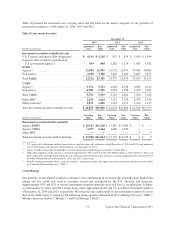 95
95 -
 96
96 -
 97
97 -
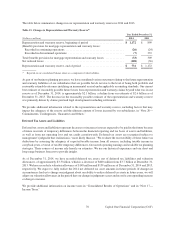 98
98 -
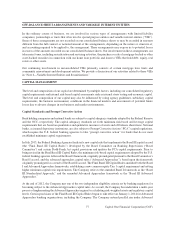 99
99 -
 100
100 -
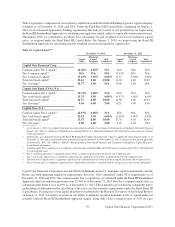 101
101 -
 102
102 -
 103
103 -
 104
104 -
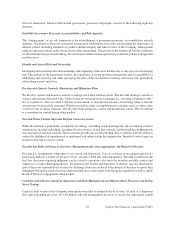 105
105 -
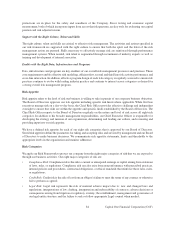 106
106 -
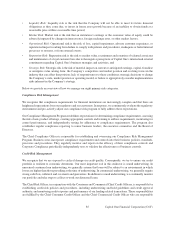 107
107 -
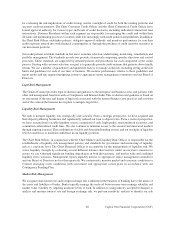 108
108 -
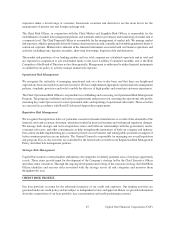 109
109 -
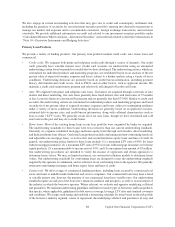 110
110 -
 111
111 -
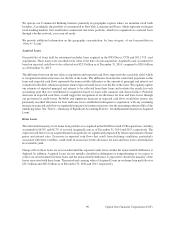 112
112 -
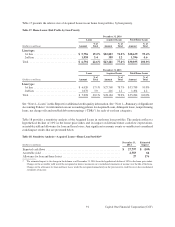 113
113 -
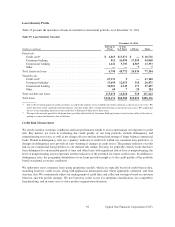 114
114 -
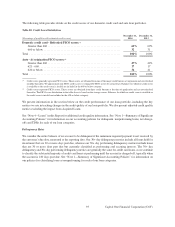 115
115 -
 116
116 -
 117
117 -
 118
118 -
 119
119 -
 120
120 -
 121
121 -
 122
122 -
 123
123 -
 124
124 -
 125
125 -
 126
126 -
 127
127 -
 128
128 -
 129
129 -
 130
130 -
 131
131 -
 132
132 -
 133
133 -
 134
134 -
 135
135 -
 136
136 -
 137
137 -
 138
138 -
 139
139 -
 140
140 -
 141
141 -
 142
142 -
 143
143 -
 144
144 -
 145
145 -
 146
146 -
 147
147 -
 148
148 -
 149
149 -
 150
150 -
 151
151 -
 152
152 -
 153
153 -
 154
154 -
 155
155 -
 156
156 -
 157
157 -
 158
158 -
 159
159 -
 160
160 -
 161
161 -
 162
162 -
 163
163 -
 164
164 -
 165
165 -
 166
166 -
 167
167 -
 168
168 -
 169
169 -
 170
170 -
 171
171 -
 172
172 -
 173
173 -
 174
174 -
 175
175 -
 176
176 -
 177
177 -
 178
178 -
 179
179 -
 180
180 -
 181
181 -
 182
182 -
 183
183 -
 184
184 -
 185
185 -
 186
186 -
 187
187 -
 188
188 -
 189
189 -
 190
190 -
 191
191 -
 192
192 -
 193
193 -
 194
194 -
 195
195 -
 196
196 -
 197
197 -
 198
198 -
 199
199 -
 200
200 -
 201
201 -
 202
202 -
 203
203 -
 204
204 -
 205
205 -
 206
206 -
 207
207 -
 208
208 -
 209
209 -
 210
210 -
 211
211 -
 212
212 -
 213
213 -
 214
214 -
 215
215 -
 216
216 -
 217
217 -
 218
218 -
 219
219 -
 220
220 -
 221
221 -
 222
222 -
 223
223 -
 224
224 -
 225
225 -
 226
226 -
 227
227 -
 228
228 -
 229
229 -
 230
230 -
 231
231 -
 232
232 -
 233
233 -
 234
234 -
 235
235 -
 236
236 -
 237
237 -
 238
238 -
 239
239 -
 240
240 -
 241
241 -
 242
242 -
 243
243 -
 244
244 -
 245
245 -
 246
246 -
 247
247 -
 248
248 -
 249
249 -
 250
250 -
 251
251 -
 252
252 -
 253
253 -
 254
254 -
 255
255 -
 256
256 -
 257
257 -
 258
258 -
 259
259 -
 260
260 -
 261
261 -
 262
262 -
 263
263 -
 264
264 -
 265
265 -
 266
266 -
 267
267 -
 268
268 -
 269
269 -
 270
270 -
 271
271 -
 272
272 -
 273
273 -
 274
274 -
 275
275 -
 276
276 -
 277
277 -
 278
278 -
 279
279 -
 280
280 -
 281
281 -
 282
282 -
 283
283 -
 284
284 -
 285
285 -
 286
286 -
 287
287 -
 288
288 -
 289
289 -
 290
290 -
 291
291 -
 292
292 -
 293
293 -
 294
294 -
 295
295 -
 296
296 -
 297
297 -
 298
298 -
 299
299 -
 300
300
 |
 |
Our risk framework, which is built around governance, processes and people, consists of the following eight key
elements:
Establish Governance Processes, Accountabilities and Risk Appetites
The “starting point” of our risk framework is the establishment of governance processes, accountabilities and risk
appetites. Our Board of Directors and senior management establish the tone at the top regarding the importance of
internal control, including standards of conduct and the integrity and ethical values of the Company. Management
reinforces the expectations at the various levels of the organization. This portion of the framework sets the foundation
for the methods that govern risk taking, the interactions within and among the lines of defense and the risk appetites
and tolerances.
Identify and Assess Risks and Ownership
Identifying and assessing risks and ownership is the beginning of the more detailed day-to-day process of managing
risk. This portion of the framework clarifies the importance of strong first-line management and accountability for
identifying and assessing risk while specifying the roles of the second line to identify and assess risk, particularly
when taking on new initiatives.
Develop and Operate Controls, Monitoring and Mitigation Plans
We develop, operate and monitor controls to manage risk within tolerance levels. The first line develops controls to
oversee and manage identified risks. Controls may prevent risks from occurring (e.g., ensuring compliance with a
law or regulation), discover when a risk has been realized, or measure the amount of risk being taken so that the
amount may be proactively managed. Whenever possible, plans are implemented to mitigate risks or reduce them
to lower levels to reduce exposure. The first line leads mitigation, control and monitoring actions. The second line
is a consultant on control design when needed.
Test and Detect Control Gaps and Perform Corrective Action
While the first line is principally accountable for taking, controlling and monitoring risk, the second line oversees
and monitors first line risk taking, including the effectiveness of first line controls, and the third line independently
tests first and second line controls. These activities provide the second and third lines of defense with the ability to
reduce the likelihood of unauthorized or unplanned risk taking within the organization. Identified control gaps are
closed by first line corrective action.
Escalate Key Risks and Gaps to Executive Management and, when Appropriate, the Board of Directors
Escalation is an important component of our overall risk framework. Use of escalation is encouraged and doesn’t
necessarily indicate a failure on the part of first, second or third line risk management. Through escalation in the
first line, decisions requiring judgment can be raised to executives who have the broadest possible context and
experience to make challenging choices. Escalation in the second and third lines of defense can also demonstrate
part of their core responsibilities of effective challenge. Risks are escalated to the Board of Directors to ensure their
alignment with material risk decisions and/or transparency to the largest risks facing the organization and to enable
Board of Directors engagement when needed.
Calculate and Allocate Capital in Alignment with Risk Management and Measurement Processes (including
Stress Testing)
Capital is held to protect the Company from unforeseen risks or unexpected risk severity. As such, it is important
that capital planning processes be well linked with risk management practices to ensure the appropriate capital
83 Capital One Financial Corporation (COF)
